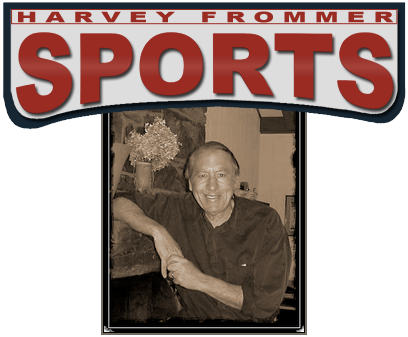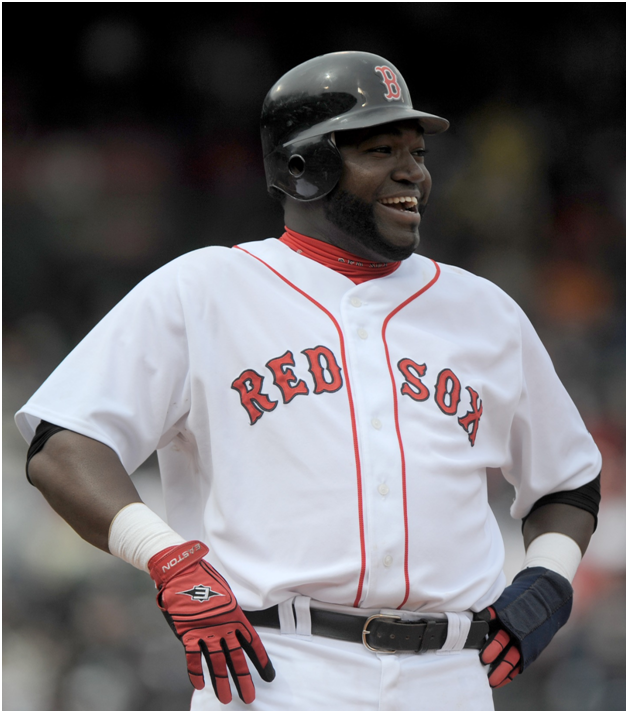
Thousands of articles!
SOX STUFF: GET READY FOR 2019 (Part
I)
Harvey
Frommer Sports


Excitement
for all
major league teams builds in the spring. It is a time of looking
forward and
also looking backwards. Herewith for your reading pleasure are some
BoSox
nuggets to savor. Enjoy…
The
“X” in Red Sox
(1)
The Boston Americans
became the Red
Stockings in 1907, a name referring to the socks the team wore.
Newspaper
headlines shortened the name to “Sox” – a shorter and more appealing
name than
Red Socks.
Curse of the Bambino, etc.
(2)
Red Sox owner Harry Frazee, former Peoria,
Ill. billposter who became a show business wheeler-dealer, sold Babe
Ruth to
his good friends Yankee owners Colonel Jacob Ruppert and Colonel
Tillinghast
l’Hommedieu. Frazee had a home in Boston, but his main residence
was on
Park Avenue. He joked: “The best thing about Boston is the train ride
back to
New York."
As the story has been
handed down, Frazee triggered what
became known as “the curse of the Bambino” because he needed money to
pay off
debts and finance his new show “No, No Nannette.”
The story is untrue.
Frazee had money.
He wanted to free himself from an out of control Babe Ruth who
constantly
wanted his salary raised and broke team rules.
It is also untrue that the Red Sox got worse
after sending Babe Ruth to the Yankees. Boston actually became better. The 1919 team won 66 games. The feeling was
that the team was better because it was not affected by Ruth, considered
by many a bad
influence. In 1920, the Sox moved up to fifth place with seventy-two
wins. The
next year they won 75 games. It was not until the 1922 season that the
Bostons experienced
truly bad times. Numerous personnel decisions sunk them.
“The Kid”
(3)
A 30-year-old
heir to an
enormous timber and mining fortune, estimated worth more than
$40-million, Tom
Yawkey bought the Red Sox in 1933 from Bob Quinn who had bought the
team from
Harry Frazee. . "He's just a kid," wrote one wizened Boston
newspaperman. The “kid” was first called “Tom.” Later on it was always
“Mr.
Yawkey” who would remain on the Red Sox scene for 44 years. He never
owned a
home in Boston. His time was spent at Fenway Park, in a suite between
May and
October at Boston’s Ritz-Carlton and in an apartment at New York’s
Pierre
Hotel, or on a 40,000-acre game preserve off the coast of South
Carolina
between October and April.
(5)
Brothers:
DOM
DIMAGGIO: In 1941, when my
brother Joe had the 56-game hitting streak going, Ted Williams would be
talking
to the guy in the scoreboard and the guy would keep him posted when Joe
got a
hit. You couldn’t do that at any other park but Fenway.
There were times at Fenway when Joe would be
coming in from centerfield and I would be coming out.
I said very little to him on those
occasions. What the hell was I going to
do, stop in centerfield and have a conversation?
(6)
The Red Seat
As the story goes Section 42, Row 37,
Seat 21) in the bleachers is where Ted Williams hit a 502-foot home run
on June
9, 1946, allegedly the longest home run in Fenway Park history. A
Yankee fan,
Joe Boucher, wearing a straw hat, sat in that seat. Ted Williams hit a
shot
that made it thru the straw hat and hit Boucher’s head. No damage. No
seat
either – back in that day there were benches and the spot where
Williams hit
the ball was approximated when the seats replaced the benches.
(7)
Disgraceful
fake tryout at Fenway
Park
The
Red Sox had
routinely received a waiver from the Boston City Council permitting
them to
play Sunday baseball. In 1945, Mattapan Councilman Isadore Muchnick and
black
journalist Wendell Smith made the team an offer it could not refuse:
Boston
could retain the waiver and continue playing Sunday baseball; in return
the Sox
would have to allow a tryout of black baseball prospects - - Jackie
Robinson,
Marvin Williams and Sam Jethroe. Incredibly, all three talented players
were
found wanting in this phoniest of tryouts.
It was not until 1959 that the first African-American played for
the Red
Sox, the last major league team to break the color line.
(8)
The Trade?
As the story
goes, Sox
owner Tom Yawkey and Yankee boss Dan Topping were at Toots Shor’s one
night
bantering about how much more suited to hit at Yankee Stadium was Ted
Williams
and how much more suited to hit at Fenway Park was Joe DiMaggio. The
evening
allegedly concluded with the two owners exchanging a handshake and
agreeing to
make a DiMaggio for Williams’s
trade.
It
was
reported that when Topping arrived home at around 4:00 A.M. and
realized what
he had agreed to, he picked up the phone and in a panic called Yawkey.
"Tom," he began, "I'm sorry but I can't go through with the
deal."
"Thank
God,"
was supposedly Yawkey’s reply.
Another
account
claims Tom Yawkey made the phone call.
"Dan,
I
know it's very, very late, and I still want to make that trade we
discussed.
However, if you still want to make it you'll have to throw in that
left-handed
hitting outfielder. You know who I mean, that little odd-looking
rookie."
"I
can't," Topping said. “We’re thinking of making him a catcher. I guess
we’ll have to call off the deal."
So
Joe DiMaggio remained
a Yankee.
Ted
Williams
remained a member of the Red Sox.
And the little
and awkward looking rookie remained with the Yankees and became a
catcher. His
name - Lawrence Peter Berra.
(to
be continued)

One
of the most prolific and respected sports journalists
and oral historians in the United States, author of the autobiographies
of
legends Nolan Ryan, Tony Dorsett, and Red Holzman, Dr. Harvey Frommer
is an
expert on all things baseball having written many books on the team
including
the classic REMEMBERING FENWAY PARK.
A
professor now for more than two decades in the MALS
program at Dartmouth College, Frommer was dubbed “Dartmouth’s Mr.
Baseball” by
their alumni magazine. He’s also the founder of www.HarveyFrommerSports.com.
Mint, signed, discounted Frommer books are available from his site.